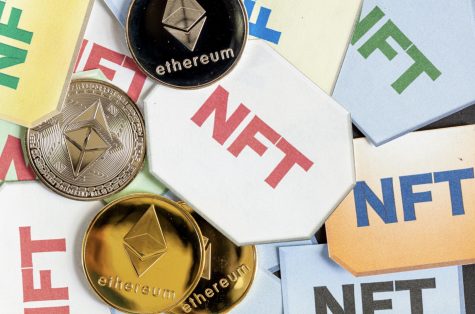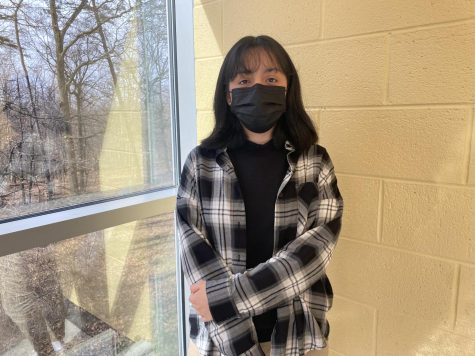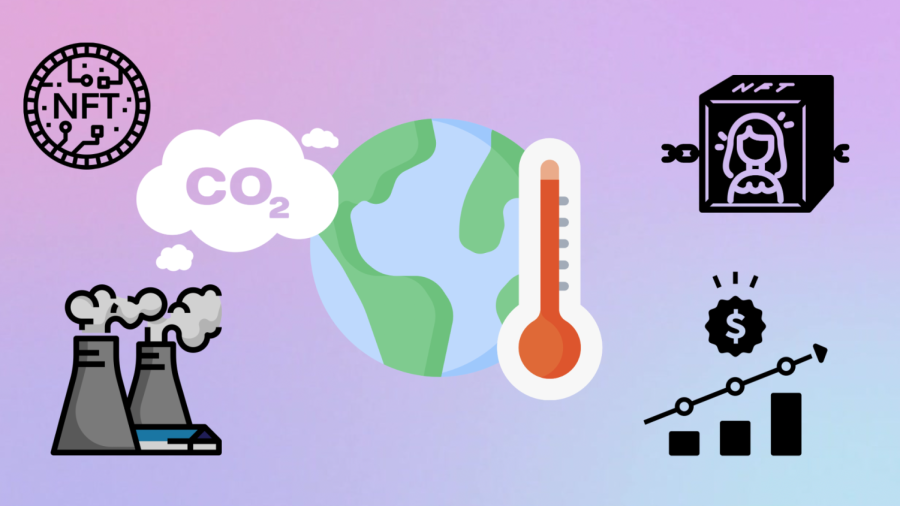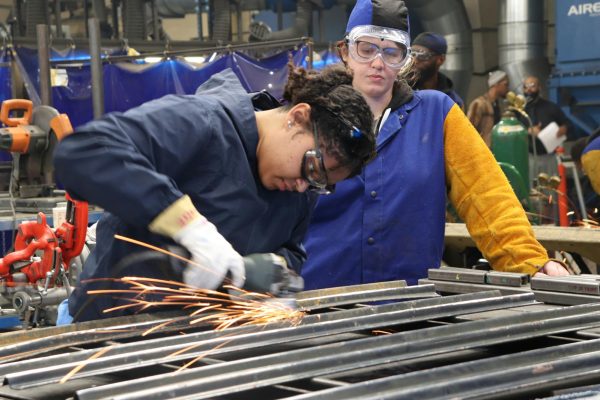What are NFTs, and are they bad for the planet?
If you spend a lot of time on social media, you’ve most likely seen the word “NFT” floating around. But what exactly is an NFT? Believe it or not, they’ve been around since 2014, and despite the fact that they have been around for almost a decade, the NFT market only started to gain traction early last year, sparking debate in the art world about their environmental impact.
NFTs appear to be the latest craze, and they can be anything from art to music to even tweets. It may seem to be a brilliant way to monetize and promote your work, with some selling for millions of dollars, but is the investment really worth the environmental damage?
So, what are they?
NFT stands for non-fungible token, meaning they aren’t interchangeable. They are digital assets based on blockchain technology that can take numerous forms, including art and other types of media. Physical money and other cryptocurrencies, unlike NFTs, are fungible, meaning they are interchangeable with other currencies. NFTs, on the other hand, cannot, which is what makes them so appealing to consumers.
When an NFT is “minted,” it is converted into a digital asset, and a record of the data file is stored in a digital ledger, or blockchain, that is unique to that NFT and serves as proof of ownership for the artist or buyer. The unique blockchains are what make NTFs non-fungible, so one NFT cannot be exchanged for another when every single one is encoded with a distinct digital signature.
Although the blockchain entry certifies ownership, anyone could still obtain an exact copy of the work in the form of jpeg files or a simple screenshot. The buyer, however, still possesses complete ownership of the NFT. Most buyers value the sense of exclusivity that comes with owning an NFT and love to flaunt them, as they are the only ones who own the one-of-a-kind NFT and hold the rights to the specific piece of work, drawing others to purchase one.
The environmental impacts of NFTs
Although determining the extent of the ecological damage caused by NTFs is challenging, given the complex process of minting them, research has been conducted that can provide a good estimate of the severity of the environmental damage caused.
Most NFTs are sold using the Ethereum cryptocurrency, ETH. According to Digiconomist, an Ethereum transaction has a carbon footprint of 147.86 kg CO2, which is equivalent to watching around 24,643 hours of YouTube. To put things in perspective, this is the carbon footprint of a single transaction; imagine the amount of CO2 emissions generated by the hundreds of thousands of NFTs sold in the past year.
carbon footprint of 147.86 kg CO2, which is equivalent to watching around 24,643 hours of YouTube. To put things in perspective, this is the carbon footprint of a single transaction; imagine the amount of CO2 emissions generated by the hundreds of thousands of NFTs sold in the past year.
So, what does this mean in terms of the environment? Consider the greenhouse effect. Greenhouse gases play a significant role in climate regulation. The NFT craze will only add to the already massive volumes of greenhouse gases emitted annually. Atmospheric concentrations of greenhouse gases such as carbon dioxide have risen considerably in the last century. Most scientists believe that this has begun to contribute to global warming, a gradual increase in average global temperature. According to NASA, “The planet’s average surface temperature has risen about 2 degrees Fahrenheit (a little more than 1 degree Celsius) during the last century or so, a change driven largely by increased carbon dioxide and other human-made emissions into the atmosphere.” An increase in global temperature could have negative consequences for all of us. Stronger and more frequent storms, acidic oceans, increased rates of wildlife extinction, and rising sea levels are just a few of the effects of global warming.
How can I help?
Two great ways you can reduce your carbon footprint and help combat climate change are by investing in renewable energy and recycling. For more information on how you can contribute to the fight against climate change and minimize your carbon footprint, visit news.climate.columbia.edu.
Your donation will support the student journalists of Parkdale High School. Your contribution will allow us to cover our annual website hosting costs and publish some printed editions, as well.

Lesli Carrasco-Merino is a junior at Parkdale, and this is her first year on The Paw Print staff as a reporter. She aims to provide informative articles...







